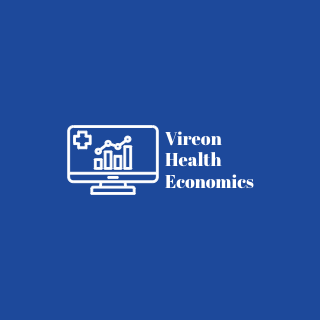A Health Economics Case Study: Tackling Emergency Department Overuse

Rising Emergency Department Utilization:
Emergency department (ED) overuse continues to strain the U.S. healthcare system, driving up costs and undermining value-based care efforts. Over the past decade, ED visit rates have increased steadily, particularly among Medicaid populations. According to data from the CDC and state Medicaid agencies, many of these visits are for non-emergent conditions—dental pain, medication refills, minor infections—that could be treated more effectively and affordably in primary care settings.
This trend reflects a mix of systemic issues: gaps in primary care access, inadequate health literacy, fragmented care coordination, and insufficient support for patients with complex social needs. The result is billions of dollars in preventable spending and a cycle of inefficient care delivery.
What's Causing the Increase? Deep Dive into the Drivers of ED Overuse
Several analytics-backed insights shed light on the primary causes of increasing ED overuse:
- Medicaid and Medicare Enrollees Drive Higher Utilization: Medicaid beneficiaries are nearly four times more likely to use the ED than those with private insurance. In 2022, over 40% of ED visits were attributed to Medicaid enrollees, despite representing only about 20% of the U.S. population. Similarly, Medicare beneficiaries, particularly those with multiple chronic conditions, have higher ED use due to fragmented outpatient care and limited after-hours access.
- Top 10% of Utilizers = 60-70% of Costs: National data shows that the top 10% of ED users account for approximately 65% of total ED-related healthcare spending. These "super-utilizers" often have overlapping medical, behavioral, and social needs that traditional systems struggle to manage effectively.
- Rise in Non-Emergent Visits: The proportion of ED visits classified as non-emergent has remained high, with estimates ranging from 30-50% depending on the state and health plan. These are visits that could be redirected to more appropriate care settings such as primary care clinics, urgent care, or telehealth.
- Behavioral Health and SDoH Are Key Predictors: Patients with underlying mental health conditions or substance use disorders are significantly more likely to overuse the ED. Social determinants such as unstable housing, food insecurity, and lack of transportation further exacerbate reliance on EDs for basic care access.
- Post-COVID Shifts in Access and Utilization: ED use dropped during the early COVID-19 period but rebounded in 2023–2024. A renewed rise in utilization is being driven by deferred chronic care, delayed screenings, and worsening population health indicators.
- Lack of 24/7 Access to Care: Many individuals—especially those in low-income or rural communities—rely on EDs simply because they’re the only available or trusted access point after hours.
Understanding these drivers is essential to building models that don't just react to utilization trends, but actively shift them.
The Vireon Health Approach: Targeted, Economically Grounded Solutions
Our case study focuses on a mid-sized Medicaid managed care organization facing high rates of non-emergent ED use. Here's how we approached it:
Step 1: Cost Stratification and Opportunity Sizing
We first quantified the scope of the problem, estimating the total cost of avoidable ED visits and projecting savings under various intervention scenarios. We found that over 38% of all ED visits in the plan's data set were potentially avoidable, representing nearly $14M in annual spend.
Step 2: Member Segmentation and Predictive Targeting
Next, we built a custom predictive model that layered SDoH data, visit frequency, comorbidities, and prior ED patterns. This allowed us to identify the top 5% of members responsible for nearly 40% of avoidable ED visits. These members became the focal point for intensive care management and primary care outreach.
Step 3: Intervention Design and ROI Modeling
With clinical partners, we co-designed an outreach program that included 24/7 nurse triage, transportation support, and linkage to urgent care and primary care access. We built an ROI model that forecasted break-even within 6 months of implementation and a 2.6x return over a 12-month horizon.
Conclusion: Smart Economics, Smarter Care
Emergency department overuse is not just a clinical issue—it’s an economic one. By applying health economics rigor, we help organizations move from reactive to proactive, from fragmented to efficient. Vireon Health Economics offers the tools, models, and expertise to reduce wasteful spend while improving access and outcomes for the patients who need it most.
Contact us to explore how we can help you reduce avoidable ED use and transform care delivery through data-driven strategy.
